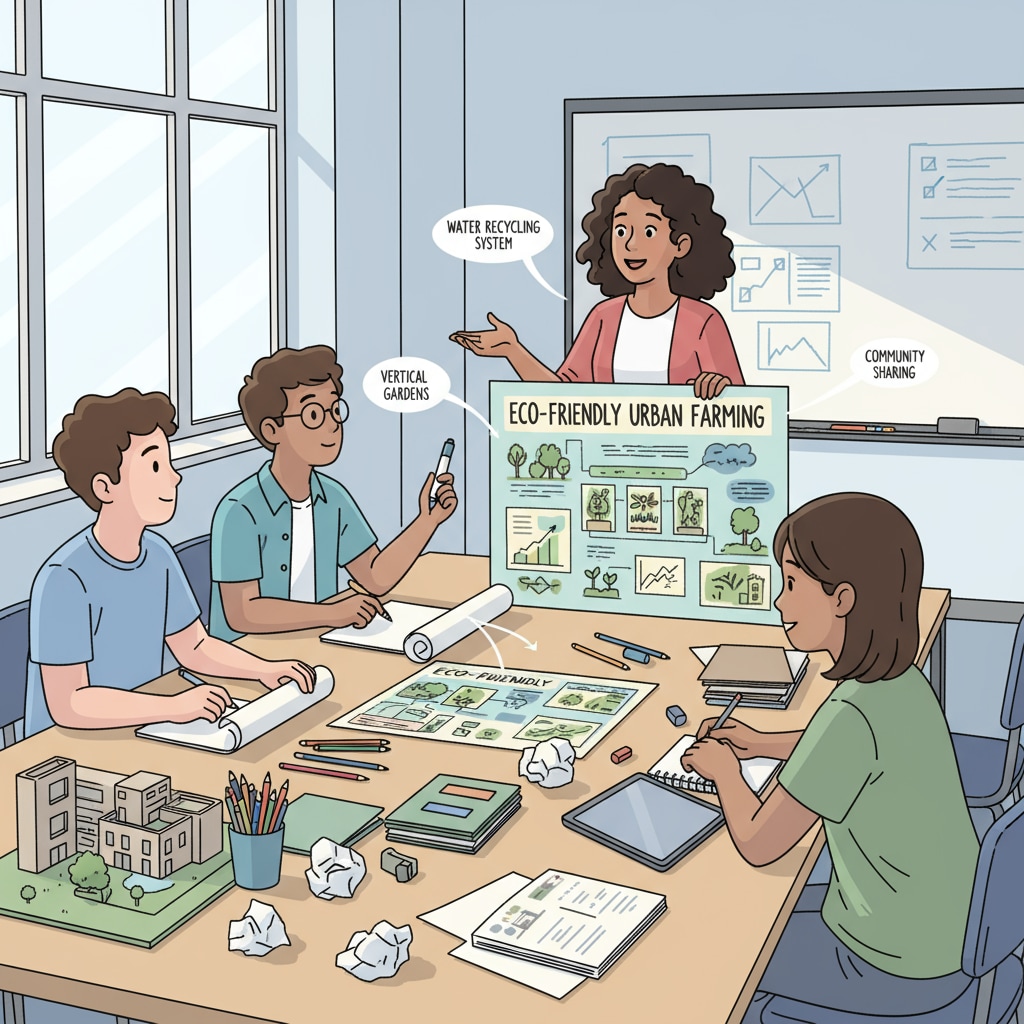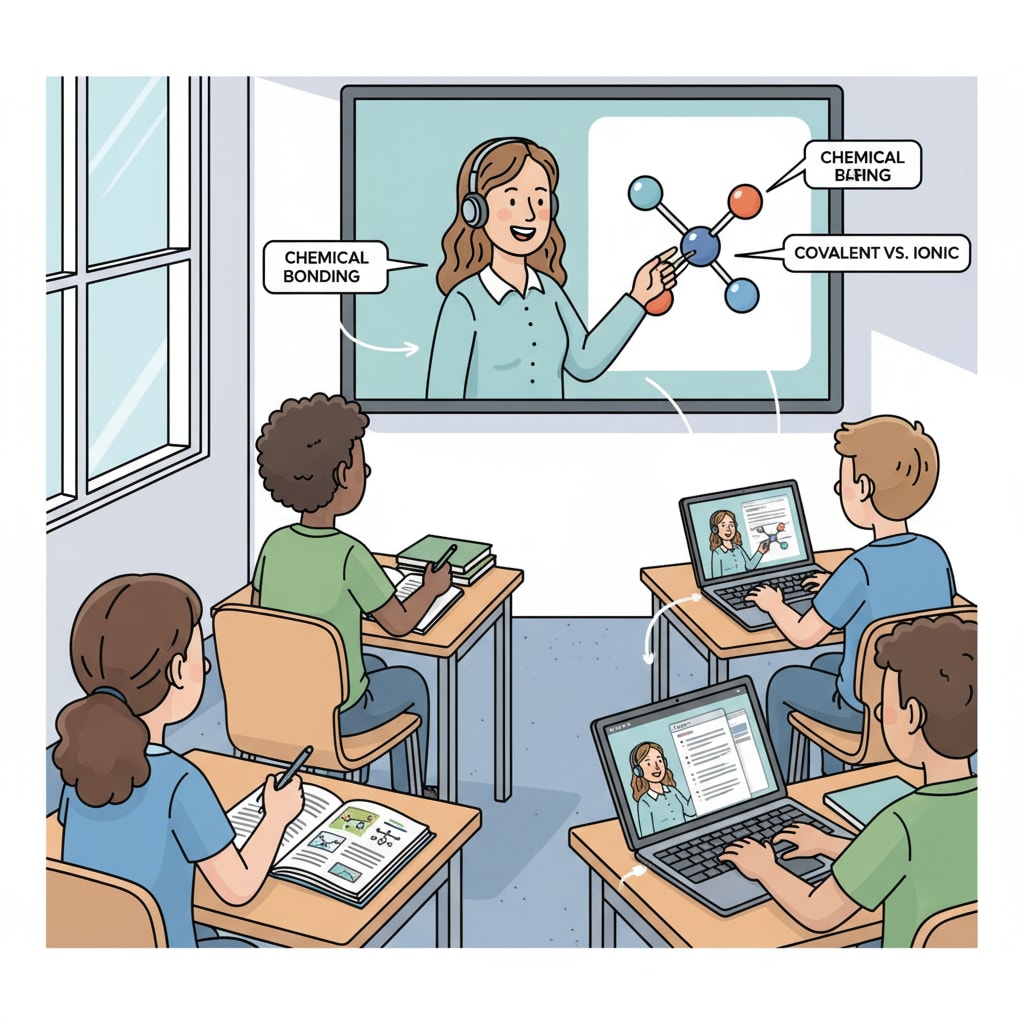Alternative homework solutions, project – based learning, and flipped classroom are becoming increasingly important in K12 education. Traditional homework has long been a staple in the educational system, but it comes with its fair share of limitations. In this article, we will explore these limitations and how the aforementioned alternatives can enhance the learning experience and outcomes for students.

The Limitations of Traditional Homework
Traditional homework often involves repetitive tasks, such as worksheets and memorization exercises. This can lead to student burnout and a lack of interest in learning. For example, students may spend hours doing math worksheets, which can be monotonous and fail to engage their critical thinking skills. Moreover, it may not accurately reflect real – world problems, making it difficult for students to apply what they’ve learned in practical situations. As a result, many students struggle to see the relevance of their homework to their future careers or daily lives.
Project – based Learning: A Viable Alternative
Project – based learning is an excellent alternative to traditional homework. In this approach, students work on projects that require them to solve real – world problems. They collaborate with their peers, conduct research, and develop solutions. For instance, a science class might work on a project to develop a sustainable energy solution for their school. This not only enhances their knowledge in the subject but also improves their teamwork, communication, and problem – solving skills. According to Edutopia’s research on project – based learning, students who engage in such projects are more likely to be motivated and retain information better.

The Flipped Classroom Model
The flipped classroom is another innovative strategy. In a flipped classroom, students learn new material at home through online resources, such as videos and interactive modules. Then, in the classroom, they engage in discussions, problem – solving, and hands – on activities. This allows for more personalized learning, as students can learn at their own pace. Teachers can also focus on providing individual support during class time. As stated in TeachThought’s article on flipped classrooms, this model can increase student engagement and improve academic performance.
In conclusion, alternative homework solutions like project – based learning and flipped classroom offer a breath of fresh air in K12 education. By moving away from traditional homework, we can reduce student stress, increase motivation, and better prepare students for the challenges of the future.
Readability guidance: The article uses short paragraphs to clearly present ideas. Each main point is explained in a concise manner. Lists could be further incorporated in future expansions. The passive语态 is minimized, and transition words like ‘for example’, ‘moreover’, ‘as a result’ are used to connect ideas smoothly.


